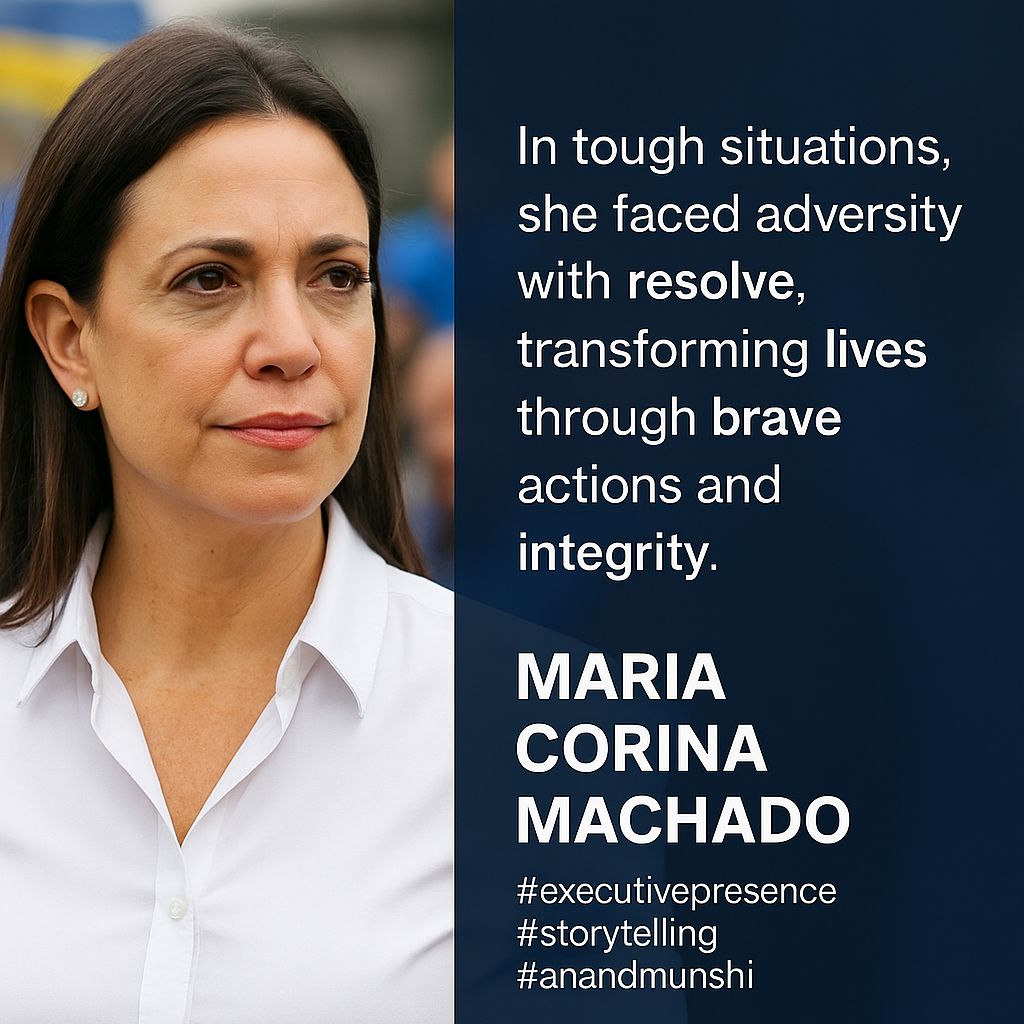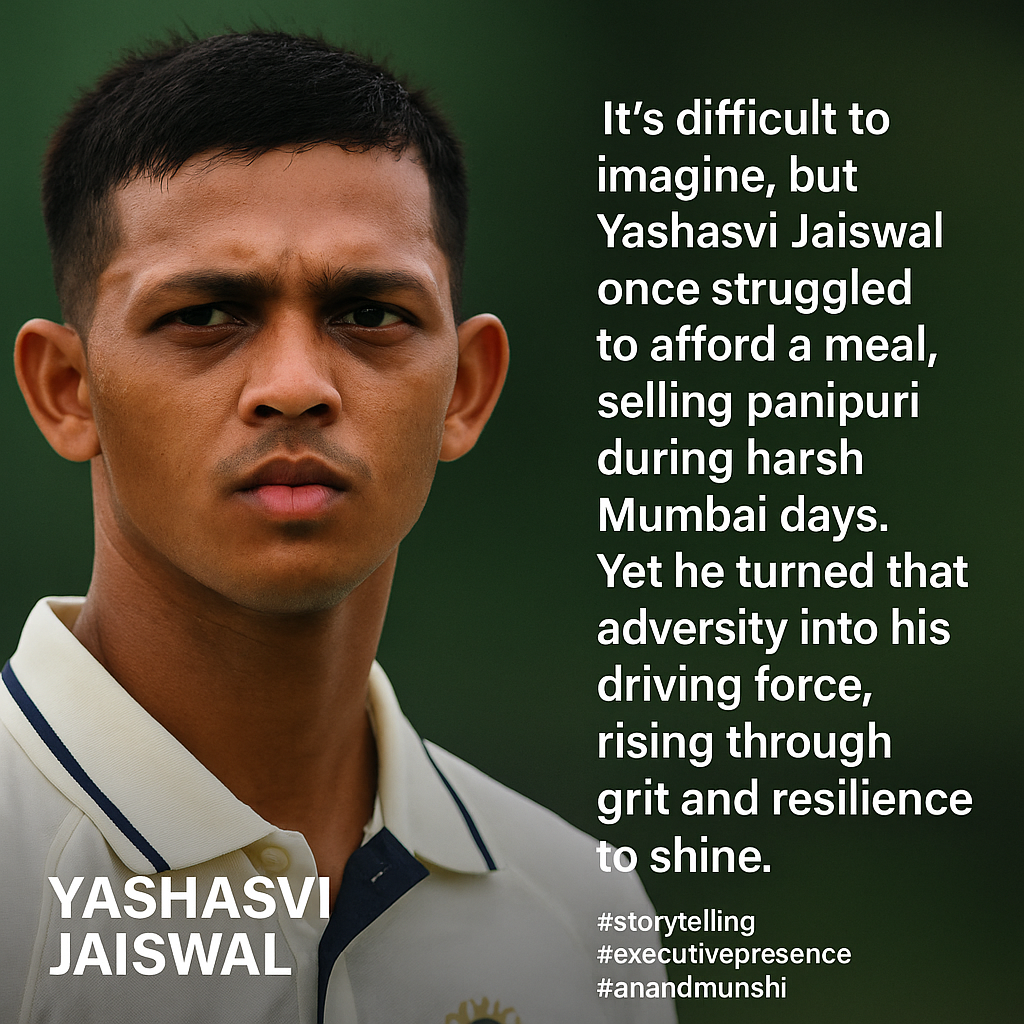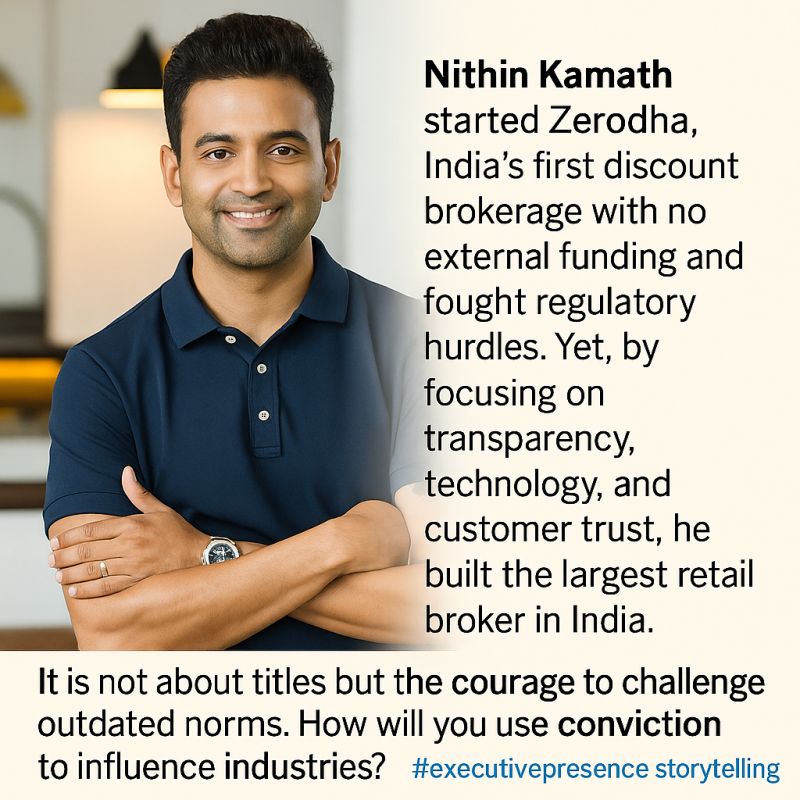Executive presence is the ability to inspire confidence, earn respect, and influence people through how you communicate, carry yourself, and make decisions. It’s not an innate trait—it can be learned and strengthened with conscious effort. For senior leaders, directors, and CEOs, executive presence directly impacts how effectively they lead teams, create a customer-centric culture, and drive business success. Here are 25 simple yet powerful ways to enhance your executive presence.
- Confidence in Communication – Speak with clarity and conviction. Used by Indra Nooyi at PepsiCo to inspire global teams.
- Active Listening – Focus fully on the speaker without interrupting. Bill Gates uses this to gather insights and build trust.
- Authenticity – Be true to your values and beliefs. Satya Nadella embodies this at Microsoft.
- Composed Demeanor – Stay calm under pressure. Warren Buffett demonstrates this in financial crises.
- Purposeful Body Language – Stand and sit with poise. Sheryl Sandberg uses confident posture in boardrooms.
- Concise Messaging – Communicate key points quickly. Elon Musk uses brevity in investor meetings.
- Empathy – Understand and value others’ perspectives. Howard Schultz at Starbucks applied this to enhance culture.
- Strong Eye Contact – Builds trust and engagement. Angela Merkel used this to lead diplomatically.
- Positive Energy – Inspire optimism in teams. Richard Branson energizes employees with enthusiasm.
- Decisiveness – Make timely, informed decisions. Jeff Bezos relied on decisiveness to scale Amazon.
- Strategic Storytelling – Use stories to influence and inspire. Steve Jobs did this to launch iconic products.
- Consistent Integrity – Align actions with principles. Ratan Tata maintained this in Tata Group.
- Adaptability – Embrace change gracefully. Mary Barra at GM models this during industry shifts.
- Visible Leadership – Be present with teams regularly. Tony Hsieh at Zappos walked the floor to stay connected.
- Mentorship – Guide and empower future leaders. Anne Mulcahy at Xerox emphasized mentoring.
- Professional Appearance – Dress appropriately for impact. Sundar Pichai’s neat, professional attire reinforces credibility.
- Calm Assertiveness – Speak firmly without aggression. Indra Nooyi used this to influence board decisions.
- Self-Awareness – Understand your strengths and blind spots. Oprah Winfrey uses self-awareness to enhance influence.
- Gratitude Expression – Appreciate and acknowledge contributions. Howard Schultz regularly thanked employees for their dedication.
- Effective Delegation – Trust teams to deliver results. Satya Nadella empowers managers to lead initiatives.
- Preparedness – Always arrive ready with insights and solutions. Sheryl Sandberg exemplifies this in presentations.
- Calibrated Humor – Use light humor to build rapport. Richard Branson balances humor with professionalism.
- Vision Communication – Paint a clear, compelling future. Jeff Bezos communicates vision to align teams.
- Active Networking – Build meaningful relationships beyond immediate teams. Ratan Tata cultivated global partnerships.
- Continuous Learning – Seek growth to stay relevant. Elon Musk exemplifies learning across industries.
Executive presence is not just an image—it’s a set of skills and behaviors that can be honed over time. With intentional practice, leaders can influence more effectively, foster a positive culture, and drive sustainable business growth.
Conclusion: Anand Munshi, India’s leading executive presence coach and storyteller, guides senior leaders and CEOs to strengthen their presence, inspire teams, and achieve both professional and personal goals through tailored coaching and practical strategies.
Learn more at www.anandmunshi.com.



















